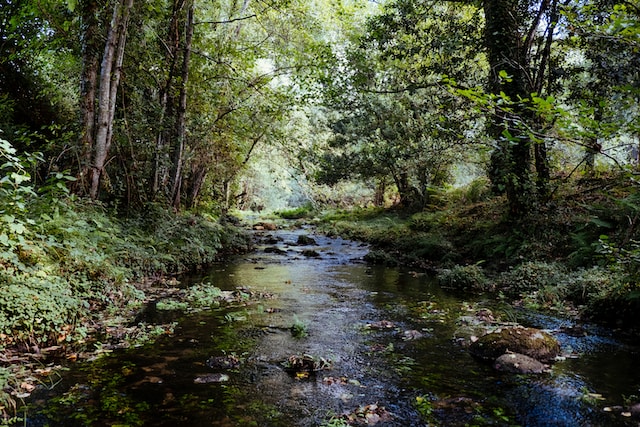The Shuswap Watershed Council (SWC) has released an update to a report it originally published in 2020 summarizing the results of a multi-year water quality research partnership with UBC Okanagan. The report explains two separate research projects to better understand the inputs of nutrients to Shuswap and Mara Lakes.
“Nutrients such as phosphorus and nitrogen are an important factor of water quality,” explains Erin Vieira, program manager for the SWC. “We tend to think of nutrients as a good thing – and they are if they’re balanced in an ecosystem. But, too many nutrients in a lake can trigger an algal bloom and that can pose a health risk, and it can impact our enjoyment of the lake and the tourism economy.”
The primary research objectives were to determine the sources of nutrients in the Shuswap watershed, and to understand historic nutrient conditions in the lake and how they’ve changed over the past couple centuries. The first research project, completed in 2019, developed a “phosphorus budget” for the Shuswap River and Salmon River. To do this, the research team at UBC Okanagan collected and analyzed water samples from 100 different sites on the two rivers. The results of the study illustrated that the settled valley bottoms where agriculture is the predominant land use are the biggest contributors of nutrients to the rivers, whereas the headwaters of the rivers are very low in nutrients. This research was summarized in the SWC’s original summary report published in early 2020.
The updated report covers the results of a second research project, completed in 2021. It involved the collection and analysis of a sediment core from the bottom of Mara Lake. Using paleolimnology – a type of science that studies fossils in sediments to understand past environmental conditions – the research team learned that nutrient levels in Mara Lake have been on the rise for 40 years.
“We’re at a point where excessive nutrients flowing into the lakes is a serious threat to water quality. There have been two large algal blooms in Salmon Arm Bay recently: in 2020 and again in 2022. We are working on some solutions but we also need support and innovation from residents and the Provincial government,” says Jay Simpson, Chair of the SWC.
For its part, the SWC offers incentives and education to help residents reduce their impacts on the watershed, including their ‘nutrient footprint’. The SWC has a Water Quality Grant Program that provides financial assistance to farms and stewardship groups in the Shuswap for projects that mitigate nutrient loss to surface water such as the development of wetlands, riparian enhancements, regenerative agriculture practices, livestock fencing and off-stream watering, small flood protection works, nutrient storage, and more.
“Our Water Quality Grant Program opens for applications on an annual basis. The next intake will begin in December,” says Vieira.
The SWC also published a Phosphorus Action Plan last year that makes recommendations to residents and to industries such as agriculture and forestry about how to improve nutrient management so that soils retain them, rather than washing away downstream to the lakes.
As for regulating sources of nutrients, that responsibility lies with the Provincial and Federal governments.
“We’ve made the authorities aware of our concerns about the algal blooms and about the research we’ve done,” says Simpson.
For more information and to read the updated report on nutrients and water quality published by the Shuswap Watershed Council, visit their website: www.shuswapwater.ca.









